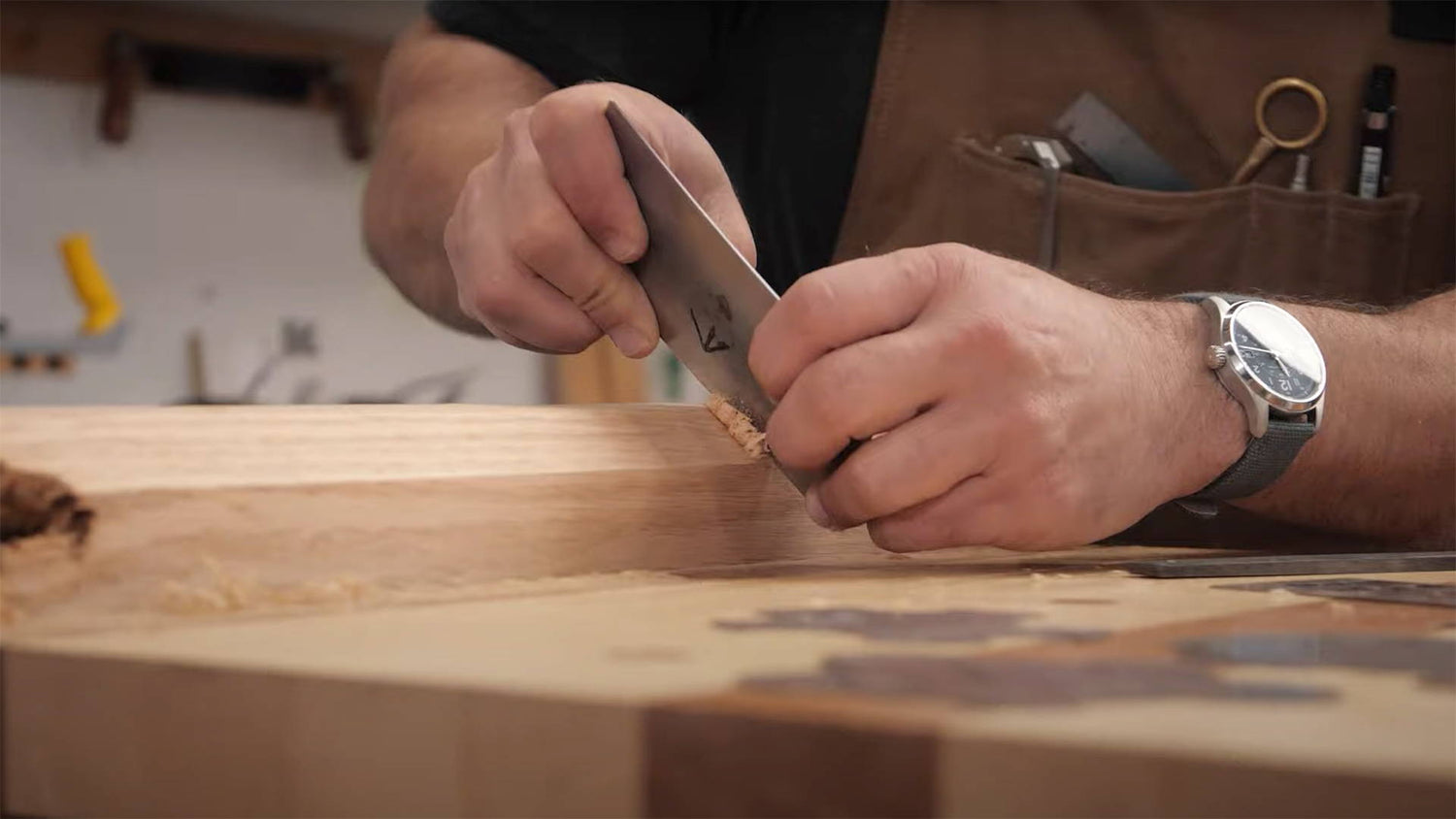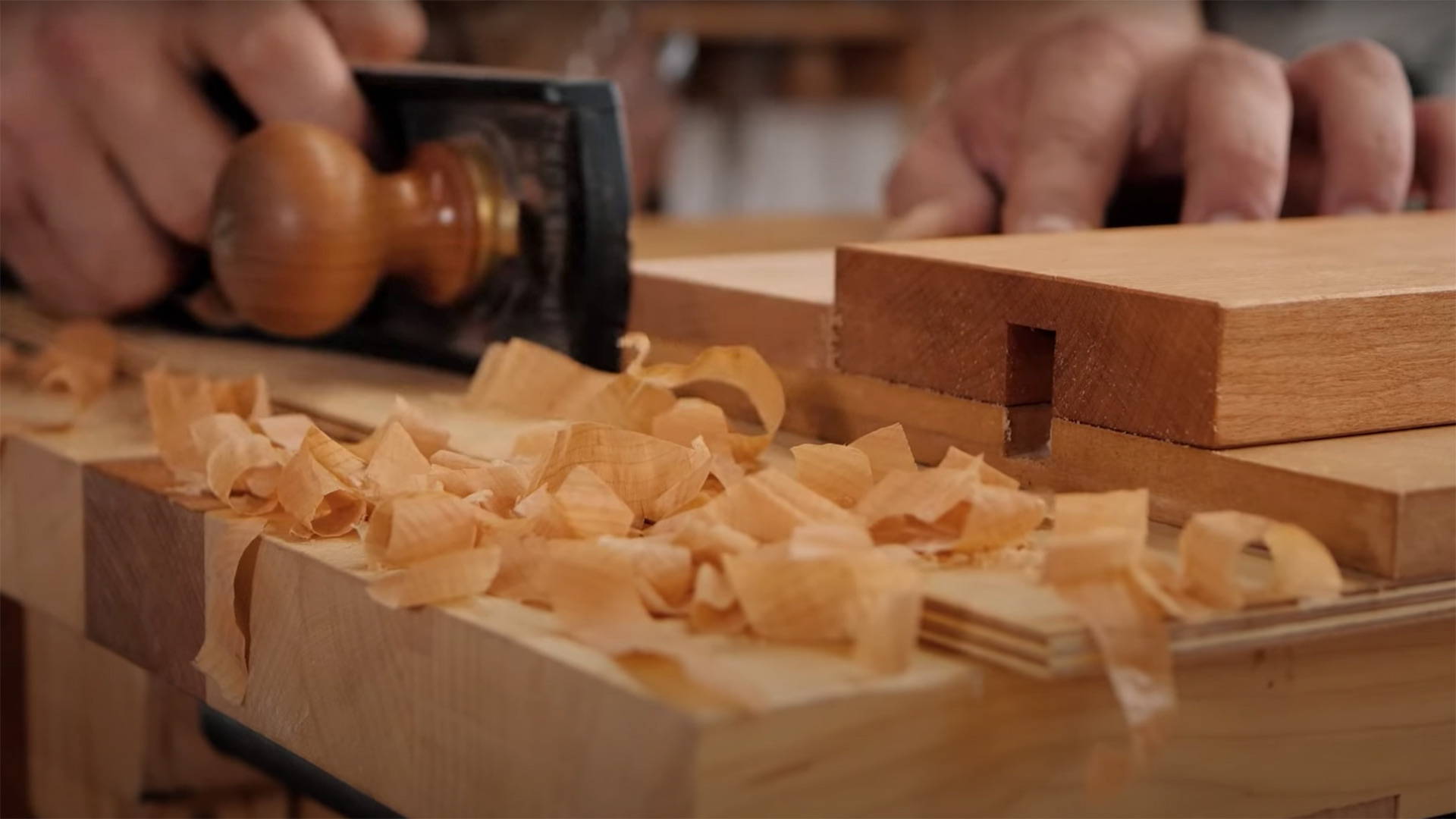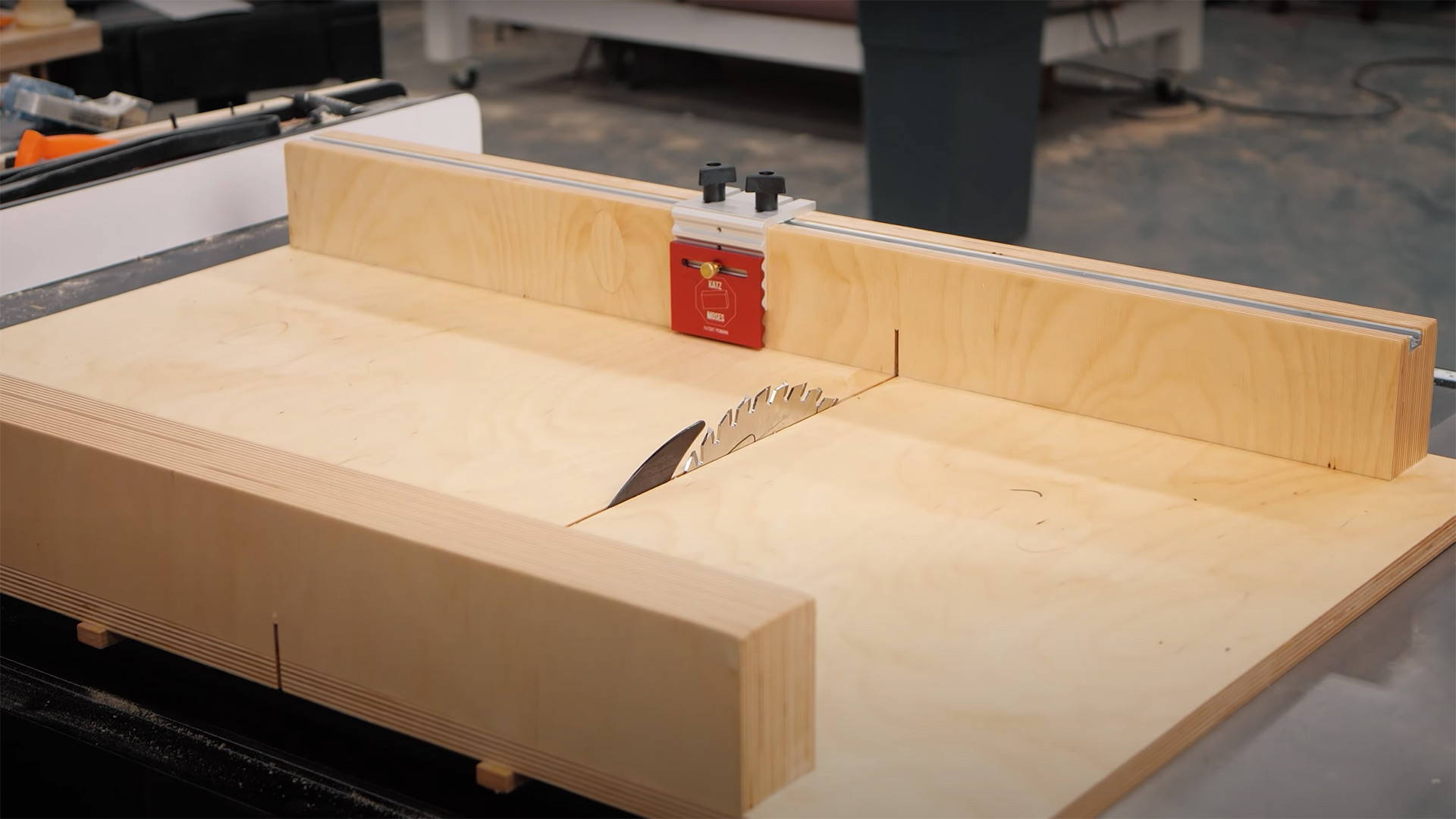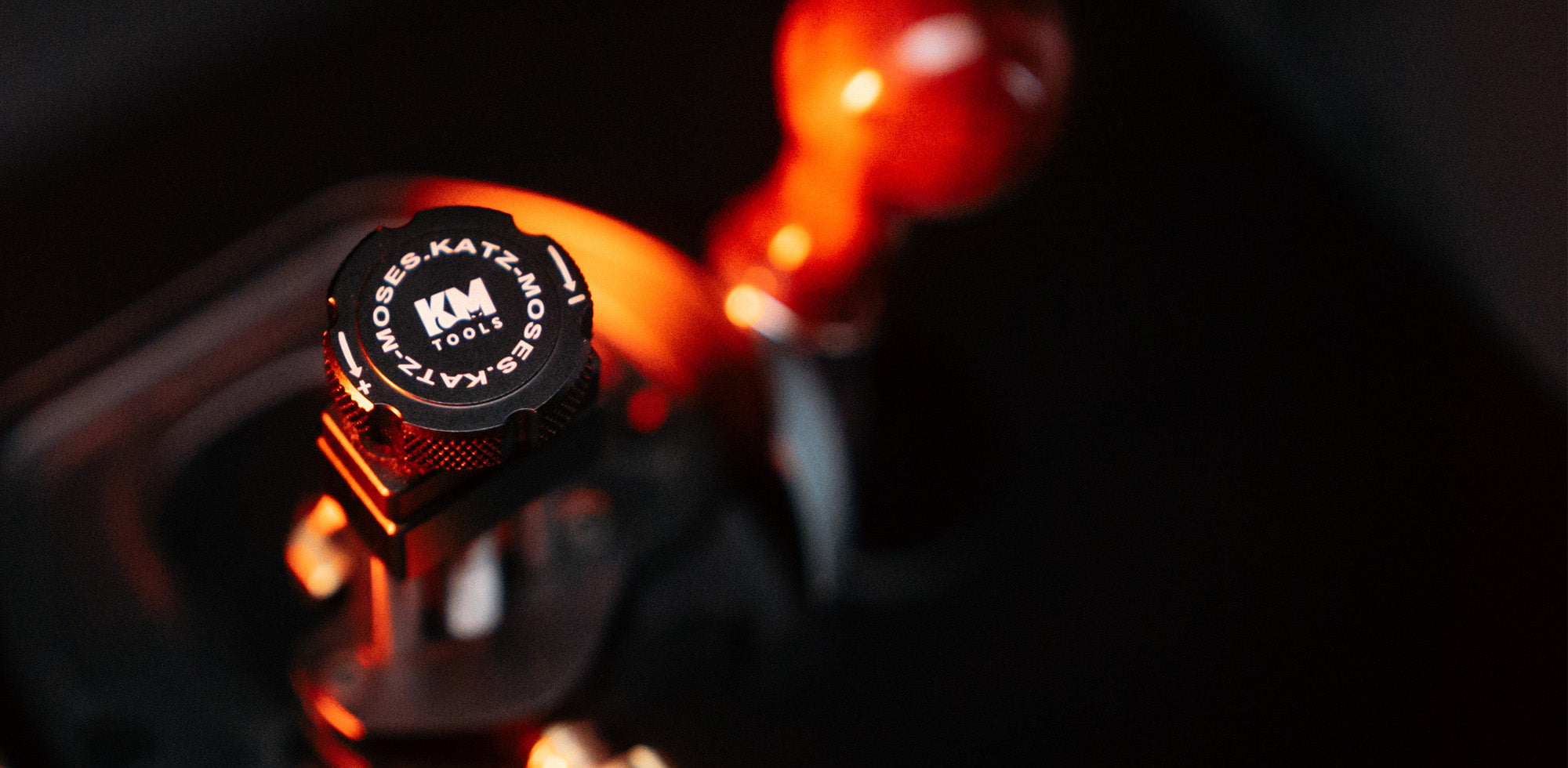The most underused tool by beginning woodworkers is a card scraper.
And that just shouldn’t be the case.
Card scrapers (or cabinet scrapers) can give you glassy-smooth, finish-ready surfaces regardless of grain direction — and they’re super inexpensive and easy to use.
If they’re not already part of your hand tool arsenal, consider this your wake up call.
I’m going to cover the different types of card scrapers, how to use them properly, and situations where they’re most useful…
So you can get buttery-smooth surfaces without even touching your sandpaper.
Want to know more about the sharpening process? Read this post about how to sharpen a card scraper like a boss.
WHAT IS A CARD SCRAPER?
A card scraper is a thin piece of tempered steel used to take shavings off wood.
The cutting edges are made by folding a steel burr into a tiny hook, which is a process of it’s own.
But the name “card scraper” is misleading.
Used properly, a card scraper doesn’t scrape away wood fibers. It literally severs them.
That’s why I compare them to hand planes — and why they produce even smoother surfaces than sandpaper (which smooshes fibers instead of cutting them).
Best of all, tearout isn’t an issue with card scrapers…
Even in highly-figured wood or while going against the grain (you rebel). And you probably know this isn’t the case with hand planes.
That’s why I love this simple tool. One good stroke can give you a perfect finish.
Heads out of the gutter, ladies and gentleman.
DIFFERENT TYPES OF CARD SCRAPERS
Size, shape, and thickness vary between card scrapers.
This isn’t a comprehensive list of every style — but these are my most used.
RECTANGULAR CARD SCRAPERS
I always keep a rectangular card scraper in my apron — and 90% of the time, it’s the one I use.
What’s great about them is all 4 of the long edges can be burnished to have a hook.
That means if one edge gets dull, you have 3 others to fall back on before having to sharpen again.
The thickness of the card scraper determines how easily you can bend it.
Flexibility is important, because the bend allows you to focus the cut on one section of the blade and avoid digging the corners into your workpiece.
More rigid ones are good if you’re trying to evenly smooth a wider surface (but flexible ones work fine in most situations).
CURVED CARD SCRAPERS
Scrapers with convex and concave sides are great for smoothing curved edges or shaping dowels.
Gooseneck scrapers are common — and while I don’t use mine often, it’s come in handy a few times.
I also have a scraper with a concave and convex edge, which is a beast for getting into hard to reach places.
If you’re looking for a cover-all-bases card scraper set, look no further. We sell a set that includes 3 card scraper styles and a burnishing rod.
HOW TO USE A CARD SCRAPER
The tell-tale sign you're using a card scraper correctly is the way it cuts wood.
You should get thin shavings, not dust.
Sure, you can still smooth wood if you’re getting dust. But it won’t be as quick or effective as if you’re getting shavings.
The first step is making sure your card scraper is properly sharpened.
After that, there’s a few points to keep in mind.
CUTTING ANGLE
Holding the card scraper at the correct angle lets the hook slice through wood fibers.
If it’s too upright, it won’t cut. Too low, and you’ll get dust.
Hold the scraper at 90° to your work surface then tilt it slightly forward.
From here, give it a few test runs and adjust to find the angle that gives you the best shavings.
If you’re getting dust no matter what, you probably need to resharpen.
You can push or pull with a card scraper — do whatever's convenient in the moment.
BEND
You know how you put a camber on plane irons to keep the corners from digging into your workpiece? (If you don’t, watch this).
Putting a slight bend in a card scraper has the same effect.
It also limits the portion of the scraper that’s actually cutting.
A bigger bend will focus the cut on the center of the scraper. No bend will cut evenly along the entire cutting edge.
I usually use a very slight bend, with both thumbs supporting the back of the scraper.
And always bend the ends away from your cutting direction.
SPEED AND PRESSURE
Part of the trick to card scrapers is going slow.
These thin pieces of metal heat up quickly — and I mean ghost pepper hot.
Too much heat not only burns your thumbs, forcing you to pause your work. It can also ruin the temper of the steel.
Moral of the story: take it slow.
If the heat’s too much to handle, put a fridge magnet or a strip of blue tape on the back to help protect your thumbs.
As for pressure, it also doesn't need to be extreme. The weight of your arms should do.
WHEN TO USE A CARD SCRAPER
I don’t use card scrapers for all of my surface smoothing. It would be way too inefficient for larger pieces.
But in certain situations, a scraper works WAY better than sandpaper — so let’s list off a few.
SMALLER PIECES
If you need to smooth a surface narrower than the base of your sander, card scrapers are the way to go.
Imagine you’re trying to sand some narrow table legs.
The padded base on most sanders has flex to it — meaning it can “wrap” around the legs and inadvertently round over crisp edges. You might even get a hump in the middle.
Card scrapers give you an even, glassy-smooth surface with a single pass.
Hit it with some 220 sandpaper by hand afterward, and you’re ready to apply finish.
TOUGH TEAROUT SITUATIONS
The beauty of card scrapers is they’ll never cause tearout.
If you're nervous your hand plane might rip apart an end grain edge, reach for the scraper instead.
You’ll get good results regardless of figure or grain direction.
BEVELS AND CHAMFERS
When I built the mallet for Vlad, I used my card scraper to clean up the bevels on the handle.
It would have been really difficult to keep those edges crisp if I’d used sandpaper — but the scraper let me dial in that clean, angular look.
For this type of work, I’d put hardly any bend in the card scraper at all. There’s no risk of the corners digging in on such a small surface.
DETAIL CLEAN UP
One of the most frustrating moments in woodworking is when a perfectly dimensioned workpiece gets marred by burns, dents, or distress marks.
This is where card scrapers shine.
You can either put a big bend in the scraper and really focus on one area, or take a few passes with a small bend to remove an even amount of material.
They also work super well for cleaning up tearout, and random cut marks left by your table saw, router, or other tools.
And dried glue? Oh man, I can’t even count how many times my card scraper has saved me here.
HARD TO REACH PLACES
Once you’ve assembled a piece of furniture, there’s often a lot of nooks and crannies power sanders can’t reach.
Card scrapers let you get into tight corners and other hard to reach places with ease (not including the hearts of your in-laws).
A year down the line, no one will notice that bottom inside corner where dried glue didn’t let the finish sink into the wood.
But you will notice. It will haunt you in your sleep.
OTHER WAYS TO USE CARD SCRAPERS
Leaving one edge of your scraper hook-less (with just a normal 90° edge) can let you use it a few other ways:
- Smooth Layers of Finish: Once a layer of finish dries, use your scraper to smooth it out before applying the next layer. And that means less sanding (#blessed).
- Clean Up Squeeze Out: During glue ups, the sharp corners of a card scraper work great for cleaning squeeze out from tight inside corners (just make sure to wipe the scraper clean afterward)
- Scraper PayTM: The next time you go out to an expensive dinner, hand the waiter your card scraper for payment. Not only will they be impressed by the weight (Black AmEx, eat my dust) — you’ll get to make an ultra-smooth exit (please don’t do this).
KEEP YOUR CARD SCRAPERS IN REACH
Card scrapers are a tool you should have in your apron or by your workbench at all times.
While they certainly don’t replace sandpaper or hand planes, they’ll come in clutch more often than you’d believe.
And the glassy smooth surfaces card scrapers produce — plus less time sanding — is definitely a woodworking win.
What other ways have you found to use card scrapers? Let us know in the comments below!
Be sure to follow us on Instagram @katzmosestools and check out my YouTube channel…
And as always, STAY SAFE IN THE SHOP!













4 comments
Dee Davis
I use scrapers a ton. For the last couple of years I have been using the StewMac ultimate scrapers and I love them! This isn’t a spam ad, just pointing out a different tool
I use scrapers a ton. For the last couple of years I have been using the StewMac ultimate scrapers and I love them! This isn’t a spam ad, just pointing out a different tool
Matthew Weitzman
Do you have training/project suggestions, so i can become proficient/develop a feeling for the scrape.
Do you have training/project suggestions, so i can become proficient/develop a feeling for the scrape.
Patrick Barnes
Playing Devils’ Advocate here but after doing everything to get the right edge/hook on my scrapers and still not getting satisfactory results I read that they aren’t that good on pine which is mostly what I work with.
Playing Devils’ Advocate here but after doing everything to get the right edge/hook on my scrapers and still not getting satisfactory results I read that they aren’t that good on pine which is mostly what I work with.
Stan Krajewski
Card scrapers burst the dogmatic progression of course to fine sandpaper in woodworking—they are also used by the “Never-sand” zealots. So often they are “the right tool for the job”, and they have a habit of teaching you about wood grain really really fast.
Card scrapers burst the dogmatic progression of course to fine sandpaper in woodworking—they are also used by the “Never-sand” zealots. So often they are “the right tool for the job”, and they have a habit of teaching you about wood grain really really fast.